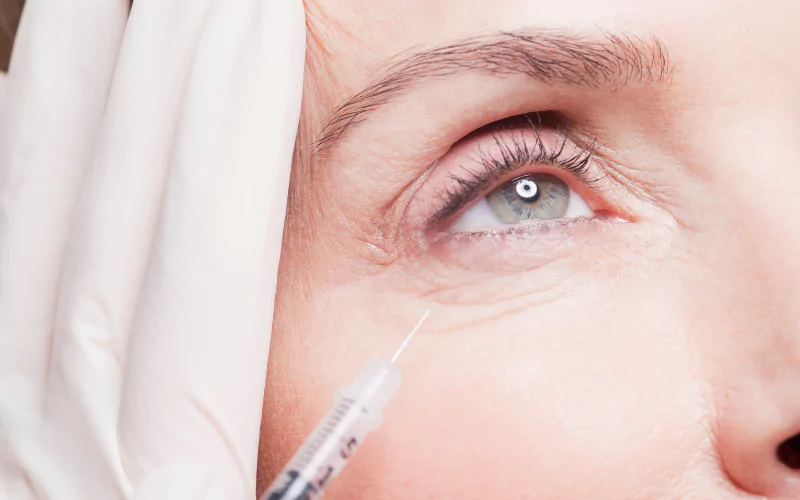A Mohs surgeon is trained in a specialized procedure for treating certain types of skin cancer. During this procedure, the surgeon removes layers of skin, examining each layer under a microscope until only cancer-free tissue remains. This method differs from standard excision, which removes more of the healthy tissue. Here is more information about the role of Mohs surgeons in skin cancer treatment:
High Cure Rate
Mohs surgery offers a high cure rate for specific skin cancers, which is a primary reason it is helpful. The procedure achieves these rates because the surgeon examines all of the tumor’s margins during the operation, unlike standard pathology, which only evaluates a small fraction of the tissue edges. This thorough examination allows the surgeon to track and remove the cancer’s roots, so the procedure is completed with precision.
Precise Tissue Removal
The methodical approach of Mohs surgery enables the precise removal of cancerous tissue while preserving as much healthy surrounding skin as possible. Mohs surgeons remove the visible tumor and a very thin layer of tissue, and this specimen is then typically processed in an on-site lab. The surgeon examines the slides to verify the absence of any remaining cancer cells at the edges.
If they detect cancer, the surgeon maps its location and removes another layer of tissue only from that area. This cycle continues until no cancer cells are found. This precision is particularly beneficial for cancers located in areas where preserving healthy tissue is a priority for cosmetic appearance. The process minimizes the removal of non-cancerous skin.
Minimal Scarring
Because the procedure conserves healthy tissue, the resulting wound is as small as possible, which helps produce a less noticeable scar. The surgeon removes only what is necessary to clear the cancer, so the final defect is smaller than it might be with other surgical methods. After they fully remove the cancer, the Mohs surgeon may use reconstructive techniques to repair the wound.
The goal of reconstruction is to restore function and achieve the best possible cosmetic outcome. Depending on the size and location of the wound, the repair options may include:
- Allowing the wound to heal naturally
- Stitching the wound closed in a straight line
- Using a skin flap or graft for more complex repairs
The surgeon’s expertise in both cancer removal and reconstruction helps manage the final appearance of the treated area. This attention to preserving healthy skin and the reconstructive effort both contribute to minimizing the scar.
Ideal Tissue Preservation
The Mohs technique upholds the principle of maximum tissue preservation. A surgeon meticulously removes cancerous cells layer by layer, and this process stops the moment the tissue margins are clear of cancer. This exactness may prevent the unnecessary removal of healthy skin that can occur with other procedures. Preserving healthy tissue is fundamental to the procedure’s design.
Find Mohs Surgeons Near You
Finding a qualified Mohs surgeon involves a few direct steps. Your doctor may provide a referral to a Mohs surgeon if they determine this procedure is an appropriate treatment for your specific diagnosis. When you’re ready to explore treatment options, speak with a board-certified Mohs surgeon and get expert guidance.
Social Sharing
Your Content Goes Here
Latest Posts





